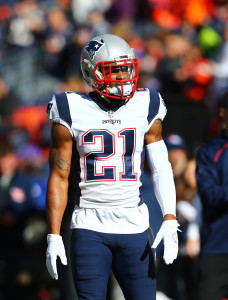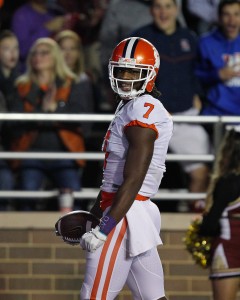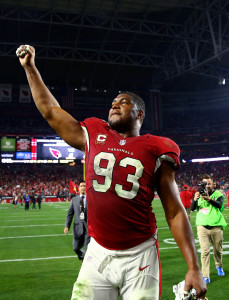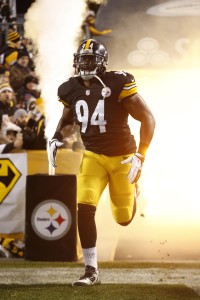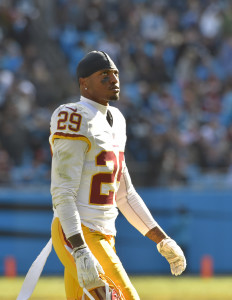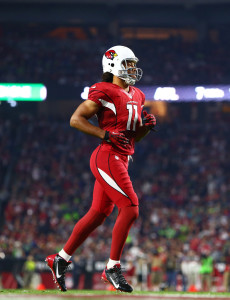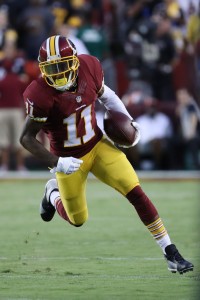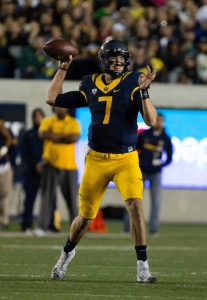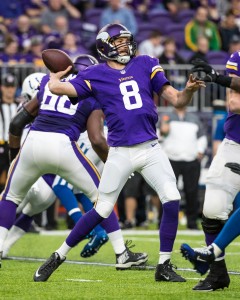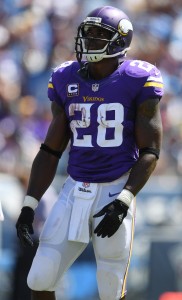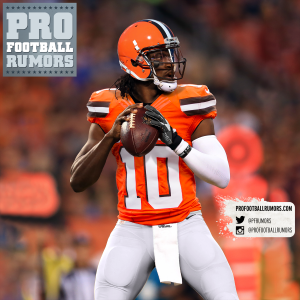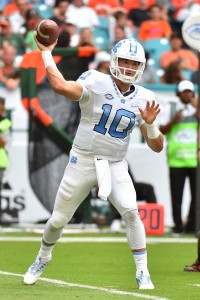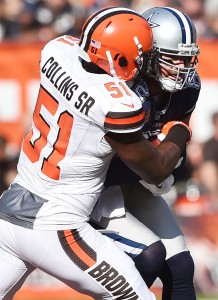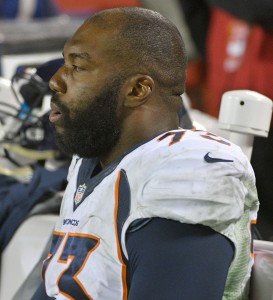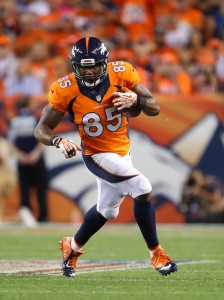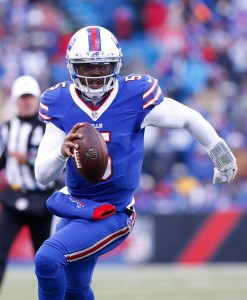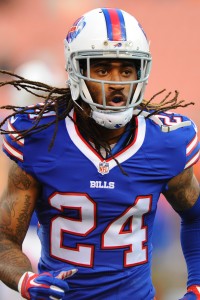In advance of March 9, the start of free agency in the NFL, Pro Football Rumors will detail each team’s three most glaring roster issues. We’ll continue this year’s series with the Tennessee Titans, who finished with a 9-7 record and narrowly missed out on the AFC South crown.
Depth Chart (via Roster Resource)
Pending Free Agents:
- Antonio Andrews, RB (RFA)
- David Bass, LB
- Byron Bell, T
- Antwon Blake, CB
- Matt Cassel, QB
- Anthony Fasano, TE
- Rashad Johnson, S
- Karl Klug, DE
- Marc Mariani, WR
- Nate Palmer, LB
- Brian Schwenke, C
- Sean Spence, LB
- Daimion Stafford, S
- Phillip Supernaw, TE (RFA)
- Chance Warmack, G
- Kendall Wright, WR
Top 10 Cap Hits for 2017:
- Brian Orakpo, LB: $9,000,000
- Jurrell Casey, DL: $8,520,000
- Derrick Morgan, LB: $8,000,000
- Jason McCourty, CB: $7,000,000
- Da’Norris Searcy, S: $6,750,000
- Marcus Mariota, QB: $6,603,811
- DeMarco Murray, RB: $6,250,000
- Rishard Matthews, WR: $5,833,333
- Wesley Woodyard, LB: $5,500,000
- Delanie Walker, TE: $5,333,333
Other:
- Projected cap space (via Over the Cap): $70,583,022
- Fifth and 18th picks in the draft
- Must exercise or decline 2018 fifth-year option for T Taylor Lewan
Three Needs:
1) Build a new secondary: The Titans’ 2016 pass defense was, in a word, poor. Tennessee ranked 25th in DVOA against the pass and allowed the third-most yards in the league, finishing ahead of only the Saints and Packers in that regard. In the midst of a dismal year against opposing passers, the club even unloaded veteran cornerback Perrish Cox, who had just signed a three-year deal worth $15MM prior to the 2015 season. The Titans had evidently decided that dropping Cox and accepting $5MM in dead money in 2018 was preferable to demoting him to a lesser role.
The defensive back crew set to return in 2017 doesn’t offer much confidence, as none of Tennessee’s cornerbacks rated among the top 30 in the league last season, according to Pro Football Focus (2016 free agent acquisition Brice McCain earned the highest grade at No. 38). Antwon Blake, who did most of his work on special teams rather than the defensive side of the ball, is an unrestricted free agent, while Jason McCourty — the most high-profile of the Titans’ CBs — isn’t the player he once was. 2016 rookies Kalan Reed and LeShaun Sims, Curtis Riley, and D’Joun Smith currently comprise the rest of Tennessee’s projected cornerback depth chart.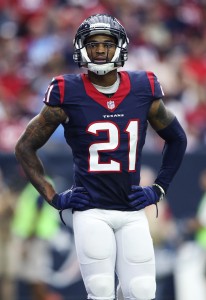
Armed with more than $70MM in cap space (good for third in the NFL), the Titans have no excuse not to bring in a free agent corner this offseason, especially given that the market with be flush with options. The club’s No. 1 target should be the Texans’ A.J. Bouye, who graded out as the NFL’s second-best corner (per PFF) and will only be 26 years old when the 2017 campaign gets underway. Not only would Bouye give Tennessee the shutdown cornerback that its secondary so desperately needs, but the Titans would be severely weakening a division rival by poaching one of Houston’s best defensive players.
Of course, the Texans probably have no desire to let Bouye get away, and will likely employ the franchise tag if no long-term deal can be reached. Instead, one other interesting avenue for the Titans could be pursuing Patriots restricted free agent Malcolm Butler. New England will almost assuredly place a first-round RFA tender on Butler, meaning that any club that signs him away would have to part with a first-round pick to do so (while giving the Pats the right to match the agreed-to deal). One note on this potential scenario: The Titans would only be forced to relinquish the 18th overall pick to New England, not the fifth overall selection they acquired from the Rams.
A player such as Butler — one of the best cornerbacks in the league entering his age-27 season — is certainly worth the 18th pick in the draft, but the Titans would have to craft an offer sheet in such a way that the Patriots wouldn’t be able to match. That could be tough to do, especially since New England has nearly as much cap space (~$68MM) as Tennessee and has already traded away some of its impending free agents in Chandler Jones and Jamie Collins. Additionally, most NFL clubs avoid the restricted free agent market given that it entails essentially negotiating a deal for another club to take advantage of. In other words, the Titans could spend valuable man hours putting in the hard work of talking numbers with Butler’s agent, only to have the Patriots swoop in and match the deal.
Admittedly, there are impediments to acquiring either Bouye or Butler, but there are other solid cornerbacks who should be available in the next few months. Trumaine Johnson, Stephon Gilmore, Dre Kirkpatrick, and Morris Claiborne represent the best options on the free agent market, while Logan Ryan could also intrigue the Titans as a versatile second-tier corner. The draft offers another pipeline of cornerback talent, and the 18th pick is probably the area where Tennessee could target someone like Florida’s Teez Tabor, Alabama’s Marlon Humphrey, or the Ohio State duo of Marshon Lattimore or Gareon Conley.
Of course, cornerbacks aren’t the only part of a secondary — the Titans used a rotation at safety last season, with Kevin Byard, Daimion Stafford, Da’Norris Searcy, and Rashad Johnson all playing more than 500 defensive snaps. Both Stafford and Johnson are free agents, and Stafford should probably be the priority given that he’s a key part of Tennessee’s special teams unit. Byard, meanwhile, is a favorite of NFL Films analyst Greg Cosell, and should see an even larger role in 2017. If the Titans do want to add a top-notch safety early in the draft, there are seemingly two options: LSU’s Jamal Adams and Ohio State’s Malik Hooker.
